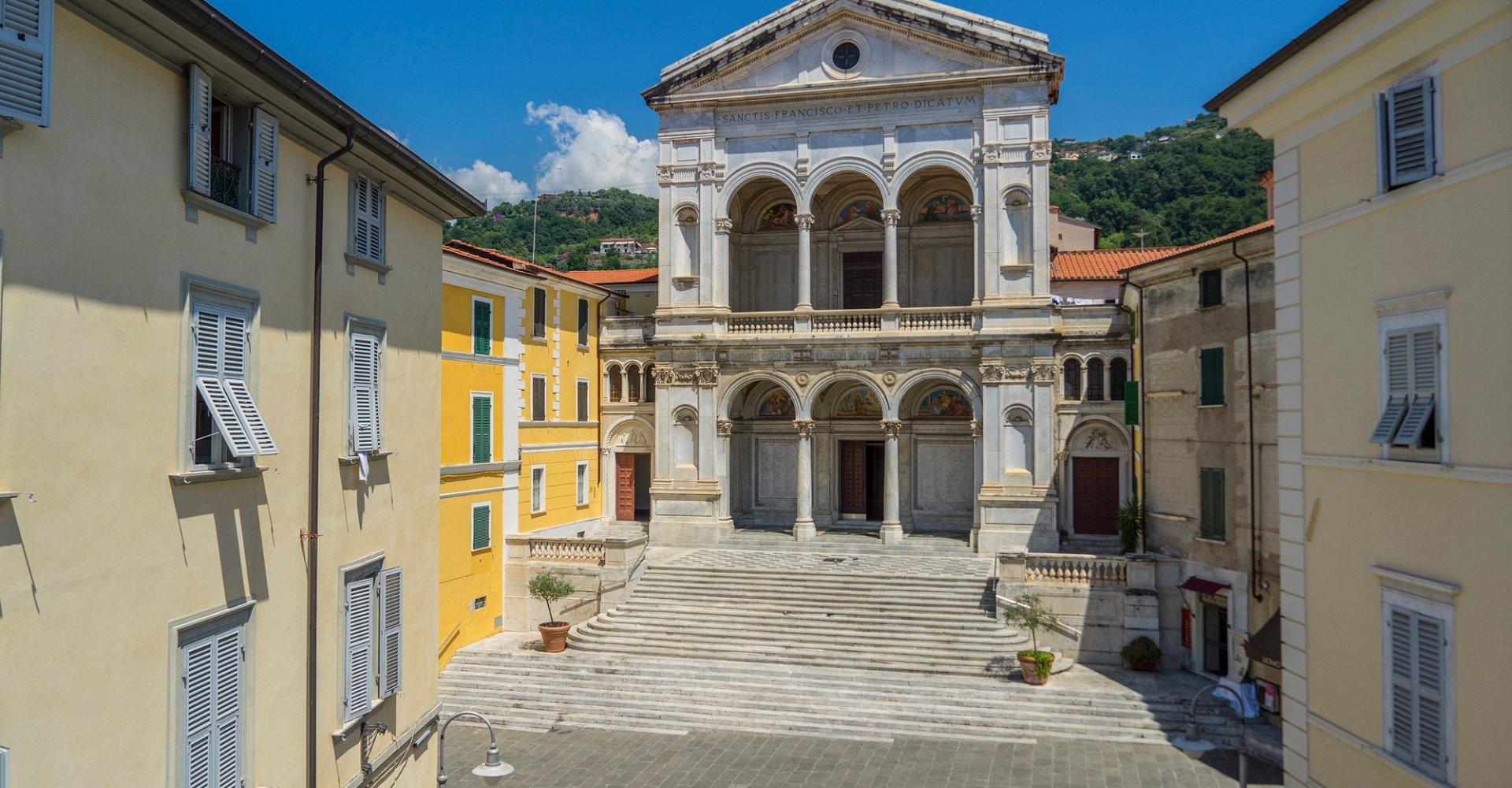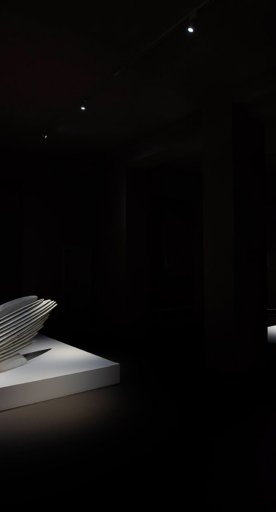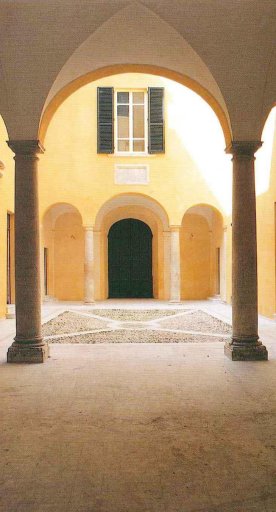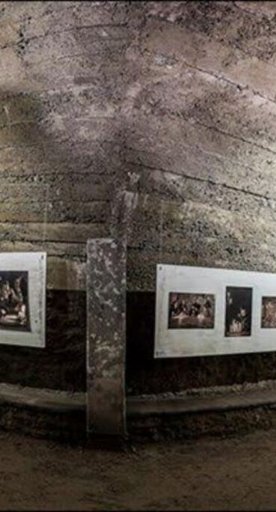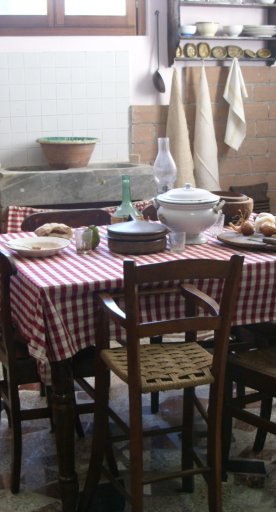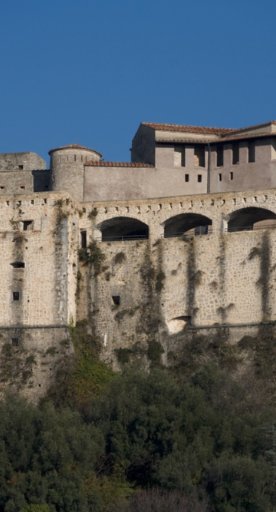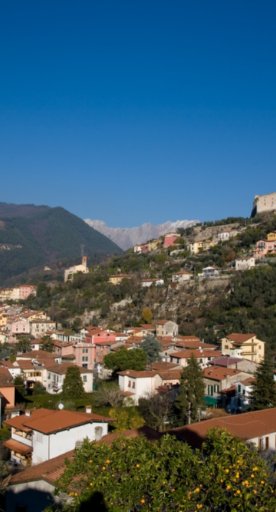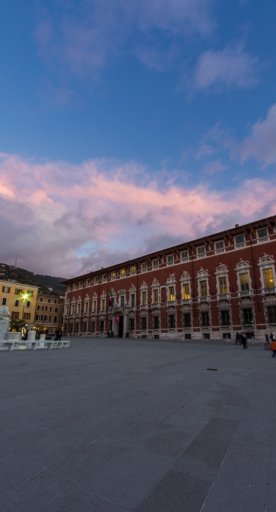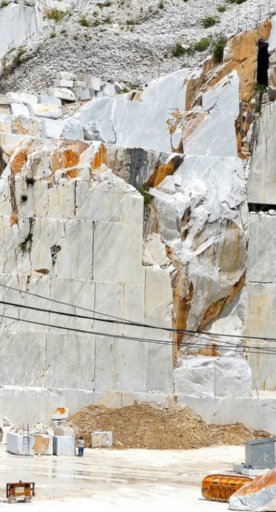Massa Cathedral
The Cathedral of Saints Peter and Francis is home to works by Pinturicchio
Massa Cathedral, named after Saints Peter and Francis, is the pinnacle of construction and changes that began in the 15th century through to the present day.
The earliest documentation about the church dates to 1477, when, according to the wishes of Taddea Malaspina, the belongings and holdings of the out-of-town San Remigio e San Pancrazio church changed hands, as well as the suppressed Turano monastery.
The church was built on the remains of the previous San Francesco monastery and was consecrated in 1389, as noted on the stone in the Chapel of the Stigmata. It only became a cathedral in the early 1800s, when the old cathedral, in Piazza degli Aranci, opposite the Palazzo Ducale, was demolished as ordered by Napoleon’s sister, Elisa Baciocchi, then governess of the Lucca Republic.
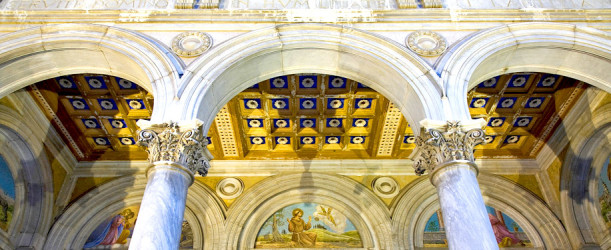
The façade is a 1936 reconstruction, based on designs by Cesario Fellini, while the basement holds the Cybo-Malaspina tomb, the final resting place of the town’s princes. The interior consists of one single spacious nave interrupted by a cross, with eight altars and the high altar of the apse, all richly ornate in multicoloured marble.
The Cathedral of Massa is a treasure trove of works of art, such as Pinturicchio’s Madonna with Child, a nativity scene in coloured terracotta by Benedetto Buglioni, Bergamini’s marble altars and a font by Riccomanni.
